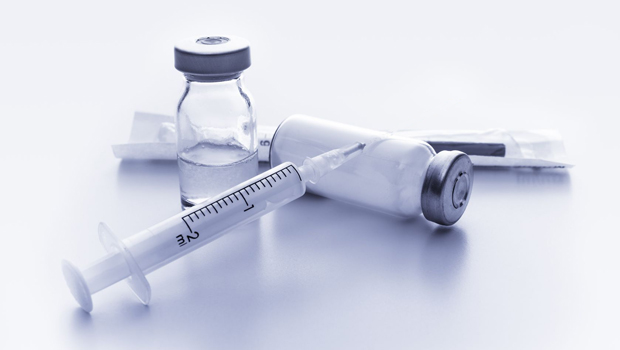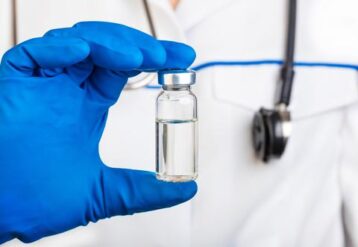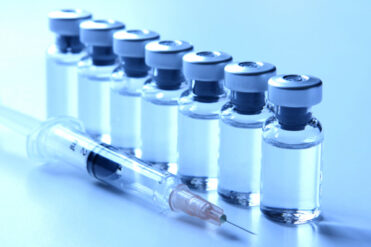
Theoretically, to avoid infection by any type of HPV, you should not have contact with an infected individual. In general the best method for preventing sexually transmitted diseases would be for the couple to get tested before they have sexual intercourse. This applies not only to HPV, but to most STDs (AIDS, hepatitis, syphilis, gonorrhoea, Chlamydia, etc.), where preventive clinical and laboratory screening would be ideal. This unfortunately is not possible for many reasons, which are easy to understand. In the case of HPV infections, there is one more major problem: in most people, lesions caused by HPVs are not visible. They are usually subclinical, meaning that they are not visible to patients or the physician (in a simple clinical naked-eye examination). Also, there is no reliable routine method for detecting HPV antibodies in the blood.
Therefore, it is difficult to prevent the transmission of HPV from contact with an individual with subclinical lesions.





